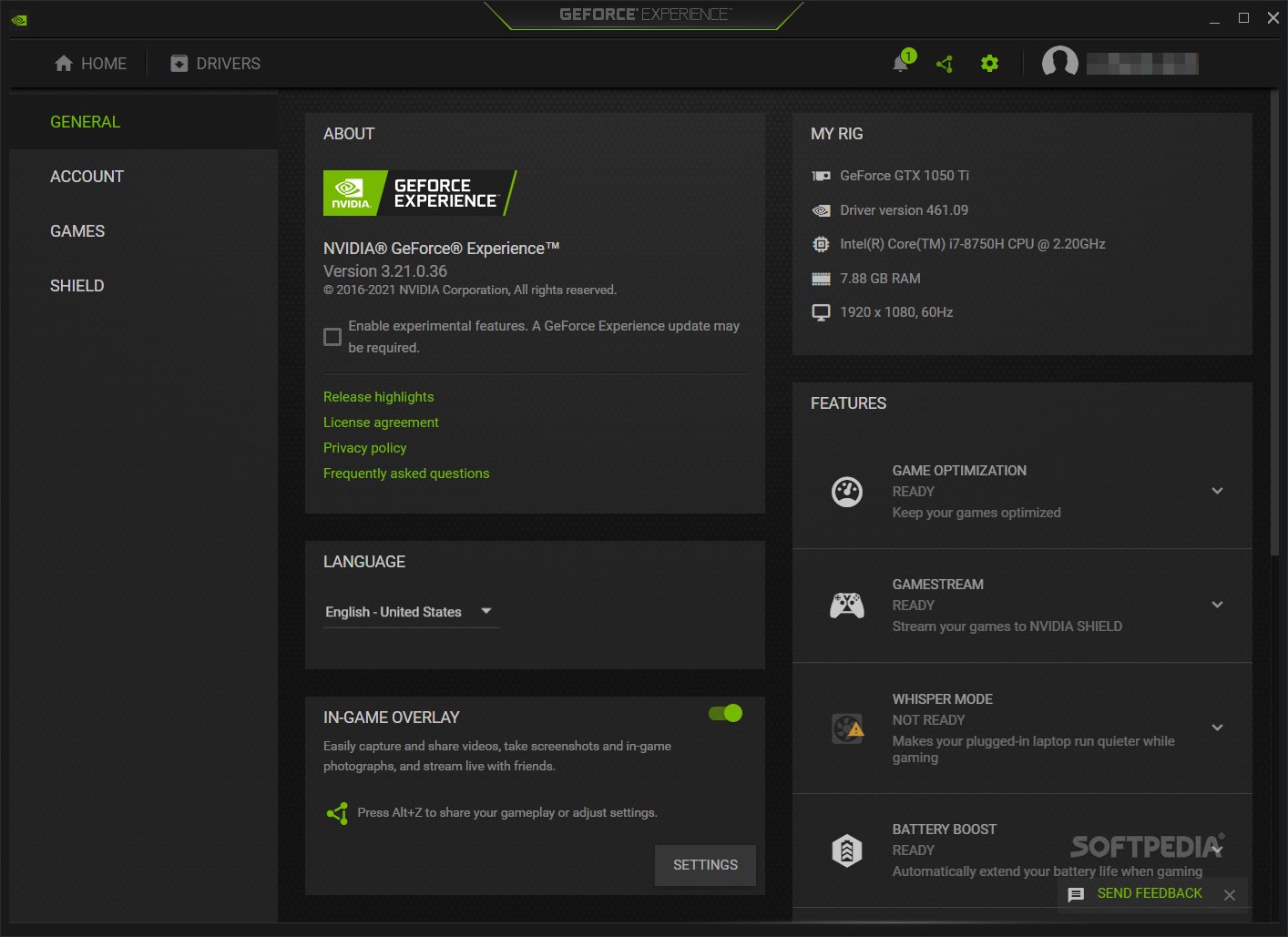
- #Install nvidia cuda drivers ubuntu 16.04 install#
- #Install nvidia cuda drivers ubuntu 16.04 driver#
- #Install nvidia cuda drivers ubuntu 16.04 upgrade#
- #Install nvidia cuda drivers ubuntu 16.04 software#
The value “rc” means that the package should be or should have been removed and only configuration files remain in the system without any error noticed. |/ Err?=(none)/Reinst-required (Status,Err: uppercase=bad)įrom the output, we have two combinations of values: “ rc” and “ ii”. | Status=Not/Inst/Conf-files/Unpacked/halF-conf/Half-inst/trig-aWait/Trig-pend ĭesired=Unknown/Install/Remove/Purge/Hold What are the available states for expected, current, and error statuses? We can find them by tweaking how we parse dpkg command output: $ dpkg -l | head -n3.
#Install nvidia cuda drivers ubuntu 16.04 install#
The install status of a package is displayed as the value of the first column. Ii nvidia-opencl-icd-390 390.30-0ubuntu1 amd64 NVIDIA OpenCL ICD
#Install nvidia cuda drivers ubuntu 16.04 driver#
Ii nvidia-390-dev 390.30-0ubuntu1 amd64 NVIDIA binary Xorg driver development files Ii nvidia-390 390.30-0ubuntu1 amd64 NVIDIA binary driver - version 390.30 – Checking install statuses of NVIDIA packages $ dpkg -l | grep nvidia To double check the install statuses of NVIDIA and CUDA packages in the system, we run the following command and observe the result

Check NVIDIA and CUDA packages installed by the package manager If you get empty result, it can be concluded the cuDNN library is not present on the system.ĥ. We run this command the get the currently installed cuDNN library $ locate cudnn | grep "libcudnn.so." | tail -n1 | sed -r 's/^.*\.so\.//'Īlternative command: $ find /usr -name "*libcudnn.so.*" | head -n1 | sed -r 's/^.*\.so\.//' Check if there is existing cuDNN library installed Use this command to install the package: $ sudo apt-get install mlocateĪlternatively, we can substitute locate command with find command as follows: $ find /usr -name "*libcupti.so.*" | head -n1 | sed -r 's/^.*\.so\.//'Ĥ. Note: if you see the error message “ bash: locate: command not found”, you may need to first install mlocate package. We run this command to get the installed CUDA profiling tools version: $ locate cupti | grep "libcupti.so." | tail -n1 | sed -r 's/^.*\.so\.//'Įmpty result means that the CUDA profiling tools library has not been installed. Check if there is existing CUDA profiling tools installed If you see the error message “ bash: nvcc: command not found”, it implies that CUDA has not been installed or previous installation was not successful.ģ.

We run this command to get the graphics driver version: $ nvidia-smi | grep "Driver Version" | awk '' | cut -c2. Check the NVIDIA graphics driver that is currently installed.

Tip: The commands shown in this section are taken from the command cheatsheet written in this article.ġ.
#Install nvidia cuda drivers ubuntu 16.04 software#
Pre-Installation Checksīefore we proceed with the installation, we need to check and confirm the current state of installed software components by running a series of commands as outlined below.
#Install nvidia cuda drivers ubuntu 16.04 upgrade#
This post will cover three scenarios of CUDA 9.2 installation: 1) fresh installation, 2) install to upgrade by removing old version, 3) install to upgrade and keep multiple versions. Newer version will may come soon or later and here we are left with the bogging question: “How can we upgrade safely without clobbering the currently working system?” Moreover, we may also wonder if there is a mechanism to rollback the change and live with current setup while recognizing that it’s not yet the time to upgrade. It is also safe to assume that CUDA 9.2 will not be final version. As with other software that evolves, NVIDIA released CUDA 9.2 back in May. In the previous post, we’ve proceeded with CUDA 9.1 installation on Ubuntu 16.04 LTS.


 0 kommentar(er)
0 kommentar(er)
